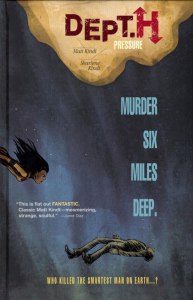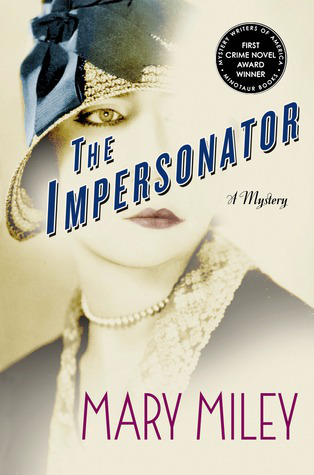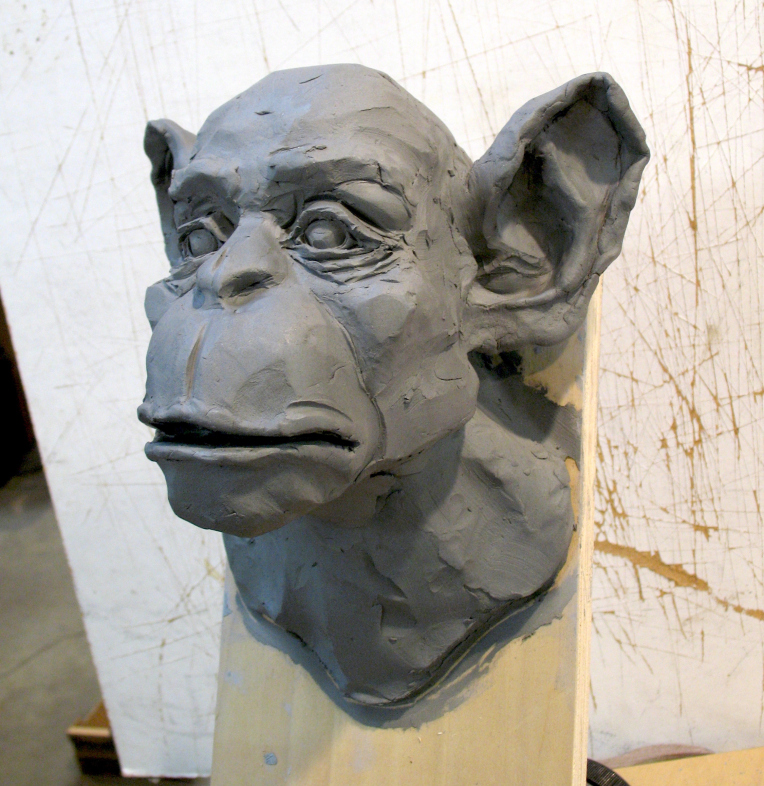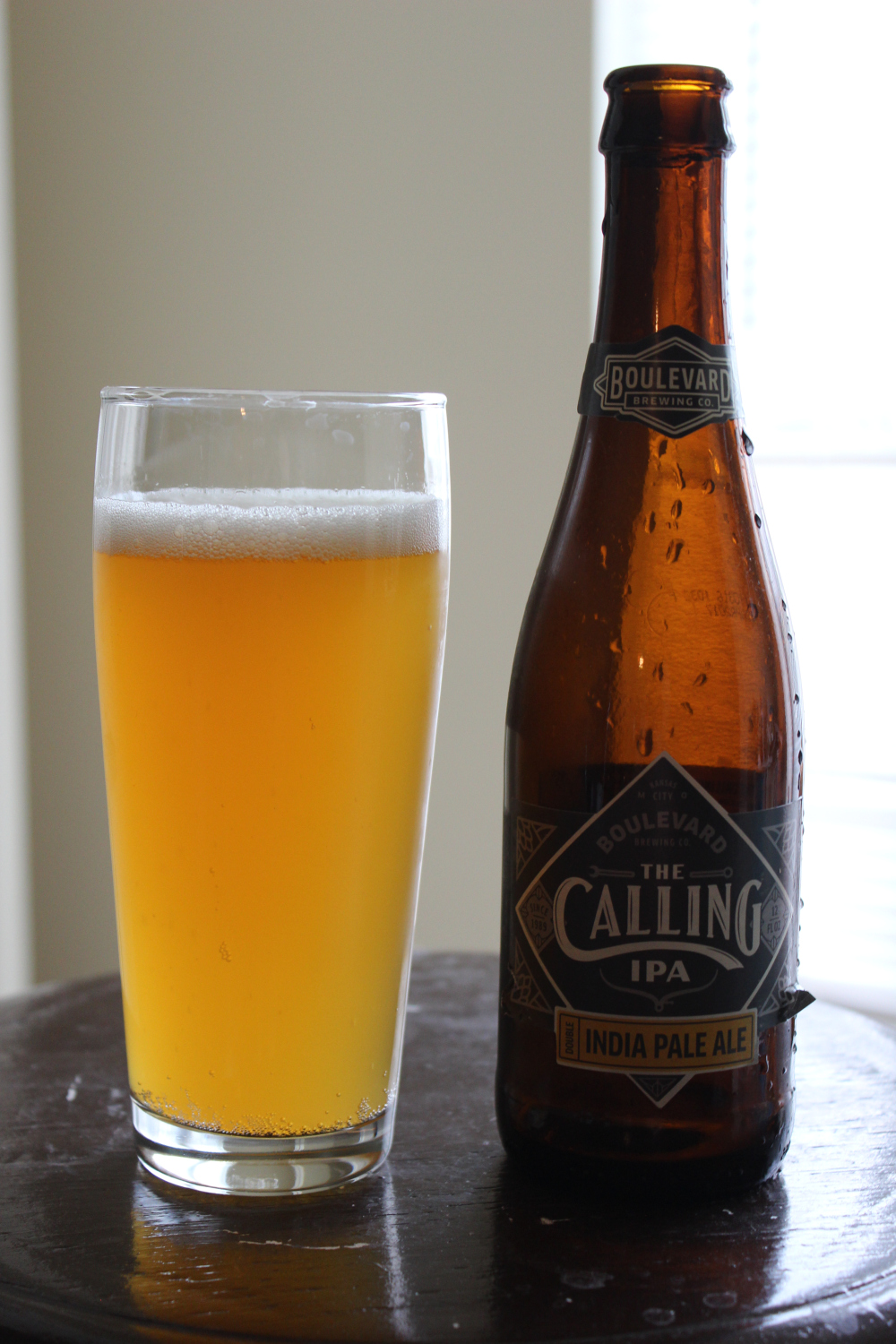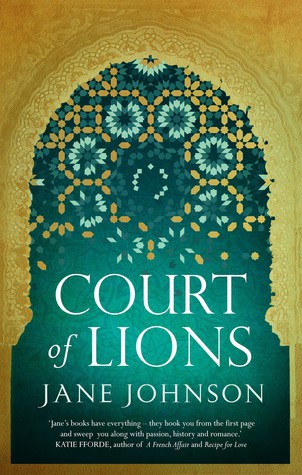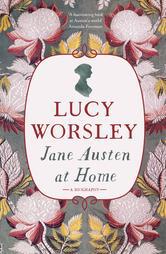
RATING: 5/5
BLURB: ‘This new telling of the story of Jane’s life shows us how and why she lived as she did, examining the places and spaces that mattered to her. It wasn’t all country houses and ballrooms, but a life that was often a painful struggle. Jane famously lived ‘a life without incident’, but with new research and insights Lucy Worsley reveals a passionate woman who fought for her freedom. A woman who far from being a lonely spinster in fact had at least five marriage prospects, but who in the end refused to settle for anything less than Mr Darcy’.
REVIEW: After a month-long summer break indulging myself by re-reading Harry Potter, I’m back, and with a book that is currently one of my favourites I’ve read this year. Lucy Worsley’s new biography of Jane Austen is one of the best biographies I’ve read in a long time, showing us a completely new side to a woman who is generally believed to have written incredible novels, but otherwise been rather dull. Worsley focuses on the places that Jane called home throughout her lifetime, and how these places inspired her novels, hindered or encouraged her writing, and to what extent they can be perceived as a true home. Despite being a big Austen fan, I had not previously realised just how many times Jane and her family moved around, often dependent on the charity of relatives – particularly her many brothers. After the death of her father, Jane, her beloved sister Cassandra and her mother moved from place to place, two spinsters and a widow with little money to call their own, until they finally settled at Chawton, one of the places most associated with Jane Austen. Between her childhood home at Steventon and her final home at Chawton, Jane moved between a great number of cities including Southampton and, most popularly, Bath. However, as Worsley explains, things could have been very different for Jane had she chosen to marry. Modern readers of Austen’s novels tend to picture her as somewhat frustrated, able to write such beautifully romantic plots into her novels because she longed for such a life herself. Although suitors of Jane’s such as Tom Lefroy and Harris Bigg-Wither are relatively well known, Worsley reveals the real story behind these two relationships, as well as revealing a further three prospective suitors for Jane’s hand in marriage. Had Jane accepted one of these offers, her life would surely have been more comfortable, and she may well have been able to provide for her sister and mother also. Yet, Jane did not settle for any of these suitors – it seems that, perhaps, she was as much in pursuit of real love as the characters in her novels were. This biography therefore shows us the real story behind many of the modern perceptions of Jane Austen, and was written in such a beautiful narrative style that it felt like a novel, making it incredibly easy to read for a work of non-fiction. The book has clearly been thoroughly researched and, despite of course knowing how Jane’s tale would end, was so well-written that I found myself very emotional at the end of the book when Jane’s story came to a close. By introducing us to this hidden side of Jane, witty, fun, sarcastic and full of imagination, Worsley allows us to feel close to Jane; she makes her so accessible that the reader actually feels grief when reading of Jane’s death, despite it having taken place exactly two hundred years ago. This is an incredible biography and I would highly recommend it.
Advertisements Share this: